At the other side of the park was the Lake Pit and museum (which we unfortunately didn't have enough time to visit).

The George C. Page Museum was opened in 1977 and is filled with fossils. A banjo musician entertained us outside.

Smilodons (saber-toothed cats or also misleadingly known as saber-toothed tigers) lived in North America during the Pleistocene epoch (2.5 million years ago - 10,000 years ago).

The Lake Pit was a quarry where asphalt was mined during the 19th century. After the quarry was abandoned, rain and groundwater soon filled it up.
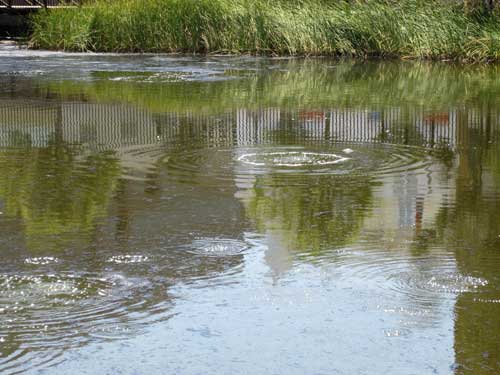
The oil (asphalt) and bubbles (methane) escape from fissures below the lake.

Life-sized fiberglass models of a Columbian mammoth family: the mother has become trapped while her mate and offspring watch helplessly.

This is definitely the most heart-breaking scene in all of LA!

Yup, no one is getting out of that!

On the other side of the lake was a life-sized model of an American mastodon.
What's the difference between a mammoth and a mastodon?
Mammoths arose about 5.1 million years ago in Africa while mastodons came into existence about 30 million years ago in North and Central America. Mammoths eventually migrated here across the Bering Land Bridge. There were many different species of each... with the Woolly Mammoth, the giant Columbian Mammoth and American Mastodon being the most famous ones. They all went extinct around the same time, roughly 10,000 years ago (or when the last Ice Age ended).
The teeth were perhaps the biggest difference. Mammoths lived in wide open plains and had ridged molars meant to grind up tough grasses. Mastodon molars were cone-shaped and better suited for mashing the leaves and twigs in forest environments.
Mastodons were slightly smaller, with shorter legs and flatter heads. Mammoths had fatty humps on their backs that provided them with the additional nutrients required in their more northerly, ice-covered habitats.

Mammoths had domed heads and a back hump.
We began walking back through the lovely park, passing more small tar pits.


This giant bear wouldn't be this cute if it were actually alive!

Many of the plants from the Pleistocene still can be found today....
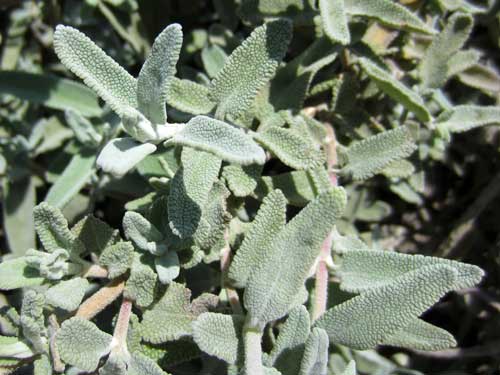
... including this aromatic sage.
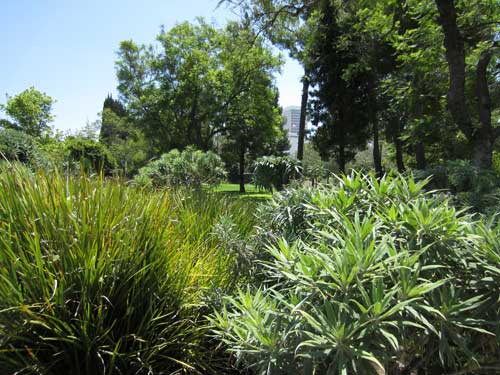
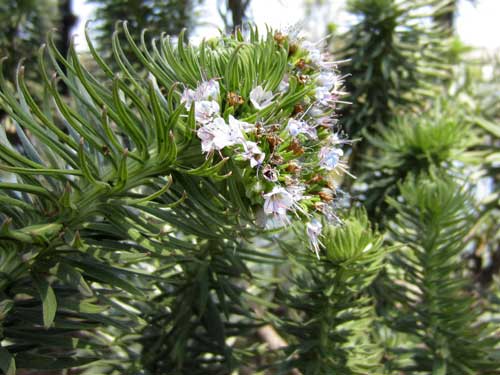

Heading back to the car


So many wonderful colors and textures!

Bougainville is native to South America.
We briefly drove around some of the nicer houses of the area before heading out to Burbank to pick up Sarah for lunch.




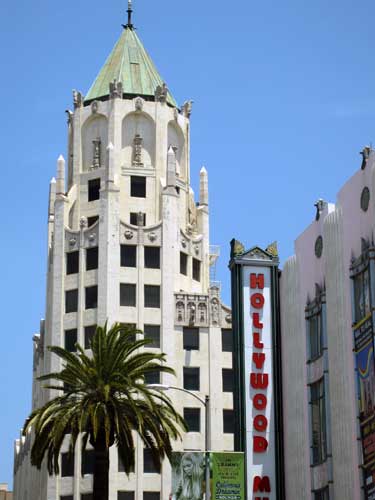
This beautiful 13-story building was built in 1927 (and was the tallest building in LA until 1932) and served as the First National Bank of Hollywood. Unfortunately it has stood empty since 2008.

The Hollywood United Methodist Church was completed in 1930 with its distinct English Gothic architecture. The giant red ribbon is for HIV/AIDS awareness.
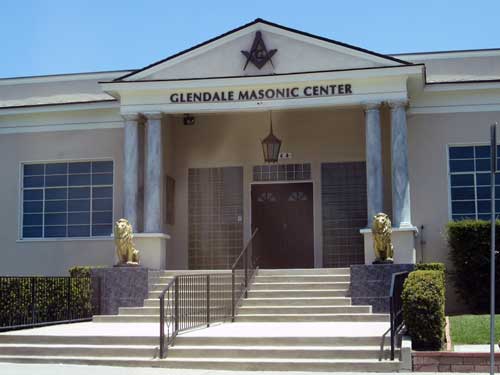
Lodge No. 368

Lying in wait
For lunch we went to Bob's Big Boy. There used to be one just down the street from where I grew up and it was always a fun, special treat. Today, however, there is only this one lone restaurant remaining.

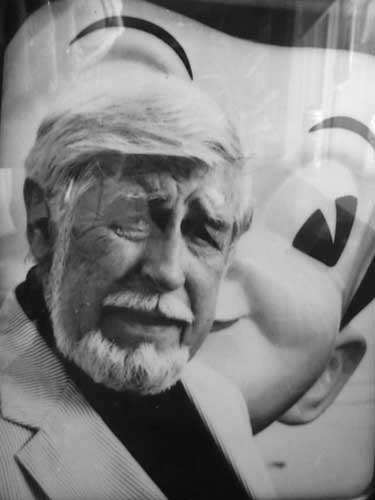
Robert 'Bob' Wian (1914 - 1992) was the founder of the restaurant chain. It began as a tiny hamburger stand in Glendale in 1936... started with $350 that Bob got from selling a used car. He sold the Big Boy chain to the Marriott Corp. in 1967 for 7 million dollars!
This particular restaurant, built in 1949, is the oldest remaining one and is now a State of California Point of Historical Interest.

It was a 20 minute wait. The place seemed quite popular.


The old-style diner


Starting things off right with a vanilla milkshake!

Their famous burger...

... while I savor one of their veggie melts.

This is the real reason for coming here though... their Decadent Hot Fudge Cake! In the old days, they actually used to even cut the ice-cream in a square (not a round lump like it is here) so that it was a perfect sandwich.

Posing with the famous boy
The parking lot was thick with classic cars as we exited.




Cute!!

